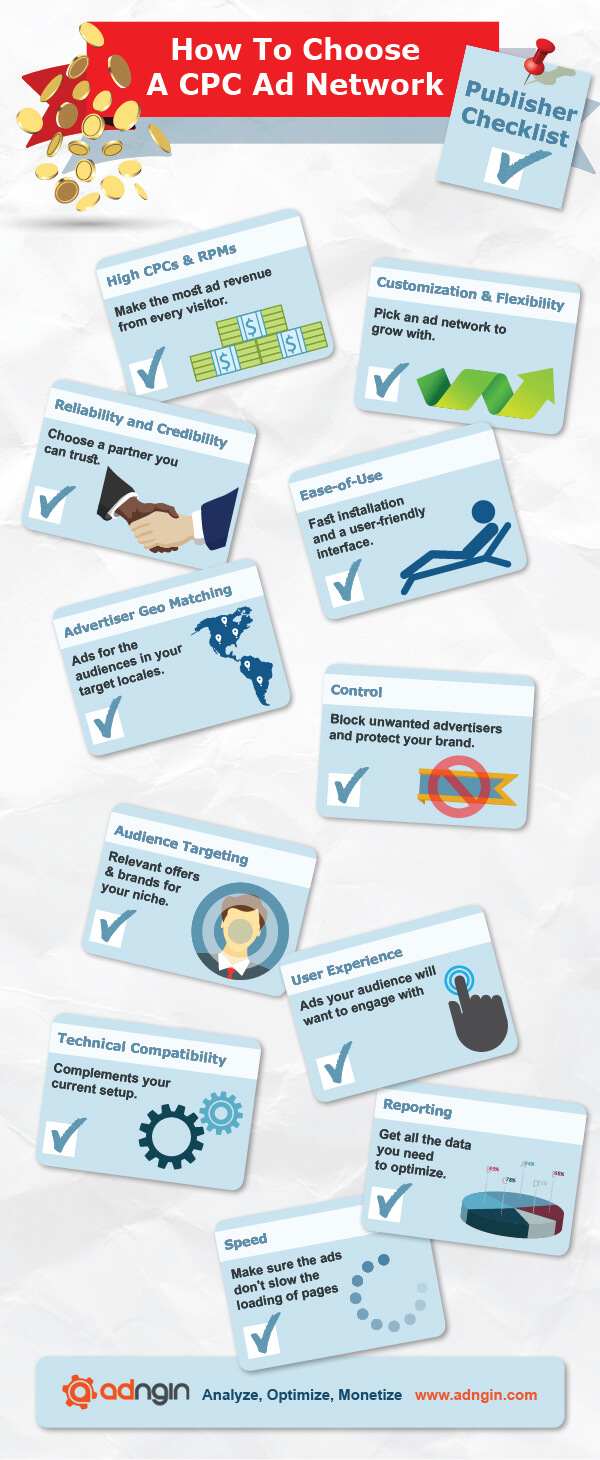Measuring the Long-Term Effects Of Television Advertising
Measuring the Long-Term Effects Of Television Advertising
Method: Phase 1
The current method was built in two stages. Phase 1 was a collaboration of efforts of David Poltrack at CBS and Jeff Doud at Kellogg’s—for the ARF Audience Measurement 9.0 (AM9) conference. (Poltrack, Doud, et al., 2014)—and the Marketing and Accountability Standards Board (MASB) on four brands from their members (Wood and Faehnle, 2015).
The major contribution made in that work was the identification of Trial and Depth of Repeat as the discriminating variable to long-term incremental buying.
Method: Phase 2
When the findings were shared at AM9, it produced a great deal of discussion in the marketing research and analytics industry. In response, Phase 2 was launched. The authors of the current study reached out to a group of industry experts to improve the method and address their concerns. The industry experts who contributed were
Jeff Doud, director marketplace analytics, Kellogg’s Company;
Neil Canter, EVP, product leadership, Nielsen;
Ross Link, president, global MROI solutions, Nielsen;
Bill Harvey, executive chairman, Bill Harvey Consulting, Inc.
Byron Sharp, director, Ehrenberg-Bass Institute for Marketing Science;
Jim Donius, owner, Marketplace Measurement Worldwide; and
Dominique M. Hanssens, Bud Knapp Distinguished Professor of Marketing at the UCLA Anderson Graduate School of Management.
The issues the experts identified in Phase 1—and the measures taken in response to Phase 2—were as follows:
Validation
Phase 1 was not counting and then removing non-buyers of the brand in the “measured” week. This was remedied in Phase 2 and had a marked effect of lowering the average long-term effect.
Only advertised periods should be evaluated. Only weeks during campaign and analysis period were included in Phase 2.
Select long- and short-term periods carefully. In Phase 2, the short-term period was 12 weeks, the long-term period was one year, as that was commonly the longest complete data Nielsen Catalina Solutions (NCS) reports after a pre-period is used to determine Trial and Depth of Repeat.
Only indirect effects were being accounted for. The short-term analysis period in Phase 2 was extended to 12 weeks to include all measurable short-term effects.
Needs to be a non-black box, so the fewer assumptions (like six-plus, or 28 days), the better. The short-term period in Phase 2 was extended to 12 weeks, and the 6+ Depth of Repeat was extended to be as high as could be reported for the short-term effects.
Measure other media. The measurement of other media was made available to all customers.
Be more explicit in how representative the sample is and how statistics are used. These were included in all Phase 2 analyses, which studied 31 advertising campaigns and 23 brands (See “Data,” page 128).
Non-measured media are not included. The long-term effect is recognized to be influenced by many marketing elements that are not measured. However, the researchers emphasized that they “can and will include only actual measured elements and not attempt to estimate the influences of things that are not measured.”
Trial and Depth of Repeat
One of the key elements of the long-term effect measure is Trial and Depth of Repeat.
In the current study, all purchases were identified by their (household) behavior in the per-period (commonly one year but could be defined longer or shorter depending on brand specifics and data availability). If a household had not purchased the brand within one year prior to the purchase, that household was identified as “Never Bought.” When that household purchased the brand for the first time, the purchase was labeled as “T” for Trial.
Among current brand consumers (those households not classified as “Never Bought”), the number of consecutive category purchases where the brand was bought was counted. This could be thought of as counting the length of the brand’s “winning streak.” Trial and Depth of Repeat was selected as the measure to use for long-term effects among a long list of possible measures of a household’s loyalty to a brand. Trial and Depth of Repeat exhibited the highest discrimination of average dollars spent per future week; the higher the Trial and Depth of Repeat, the higher the future brand sales (See Figure 1). The researchers selected household purchases that were influenced by advertising and ran the average dollars spent on the brand by each household across the entire one-year post-period, starting with the influenced purchase.
Actual sales in the 52-week post-campaign period among households that had “Never Bought” in the prior year or the influenced week were $9.19. The post-period dollars for households that made a “Trial” purchase in the week influenced by advertising was $13.72, compared to $16.75 for “Zero-Switchers.” A “Zero” Trial and Depth of Repeat is a purchase in which the consumer did not buy the brand the previous time but did buy it during the influenced purchase, and is thus labeled a “Switcher”. These average dollars per household were very low compared to the higher Trial and Depth of Repeat ranges of 20+ with $575 average dollars per household .
Although the dollars per household were low among the least loyal, that is where most of the households and actual purchase dollars were. For the brand cited in the analysis above and most brands analyzed in the current study, the majority of dollars and households were among the very light switchers (consumers who switched brands). Trial purchases in the post-period were $495,396 for 29,579 households for “Zero-Switchers,” but the numbers declined from there. With, on average, fewer than 2,000 households for every other Trial and Depth of Repeat, trial purchases accounted for just $22,257, on average (See Figure 2), with the range demonstrated as follows:
Trial and Depth of Repeat 1: trial purchases accounted for $102,526;
Trial and Depth of Repeat 2: trial purchases accounted for $49,014 (less than 10 percent of “Zero-Switchers”); and
Trial and Depth of Repeat 3: trial purchases continued to drop dramatically to $25,530, and declined further thereafter.


 September 30th, 2021
September 30th, 2021




As I’m unable to add image to this post, I will try to show you the image in text from…